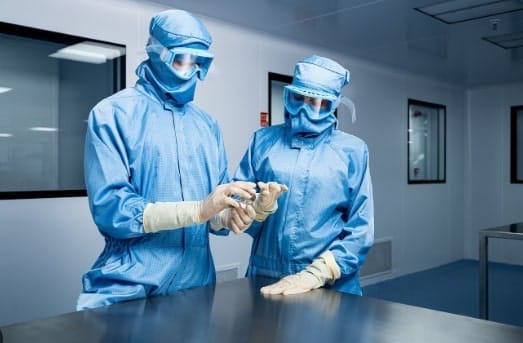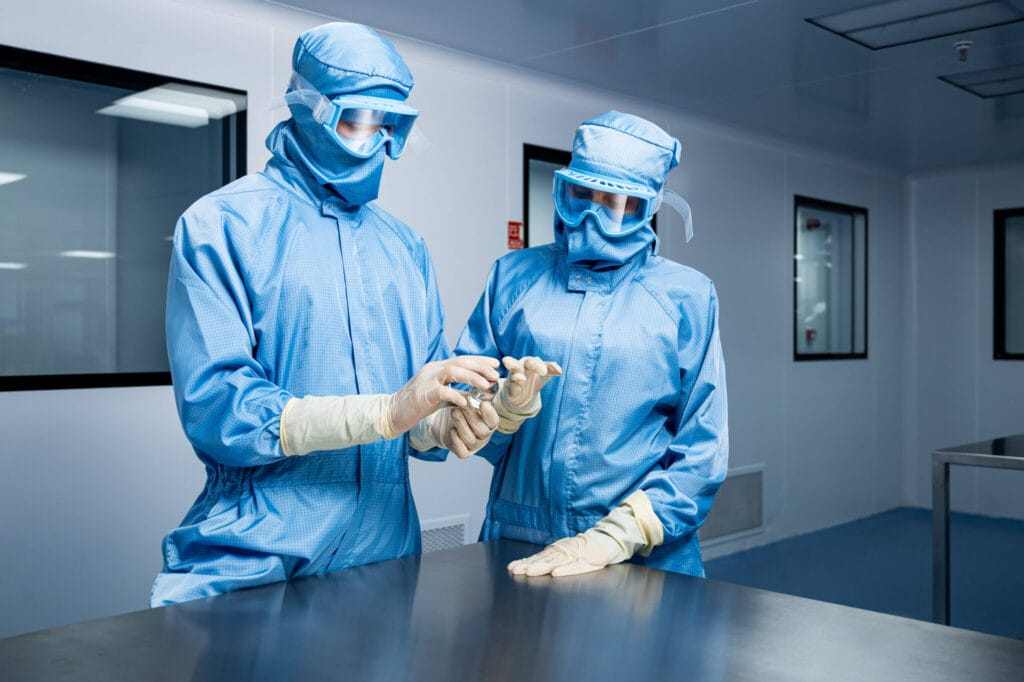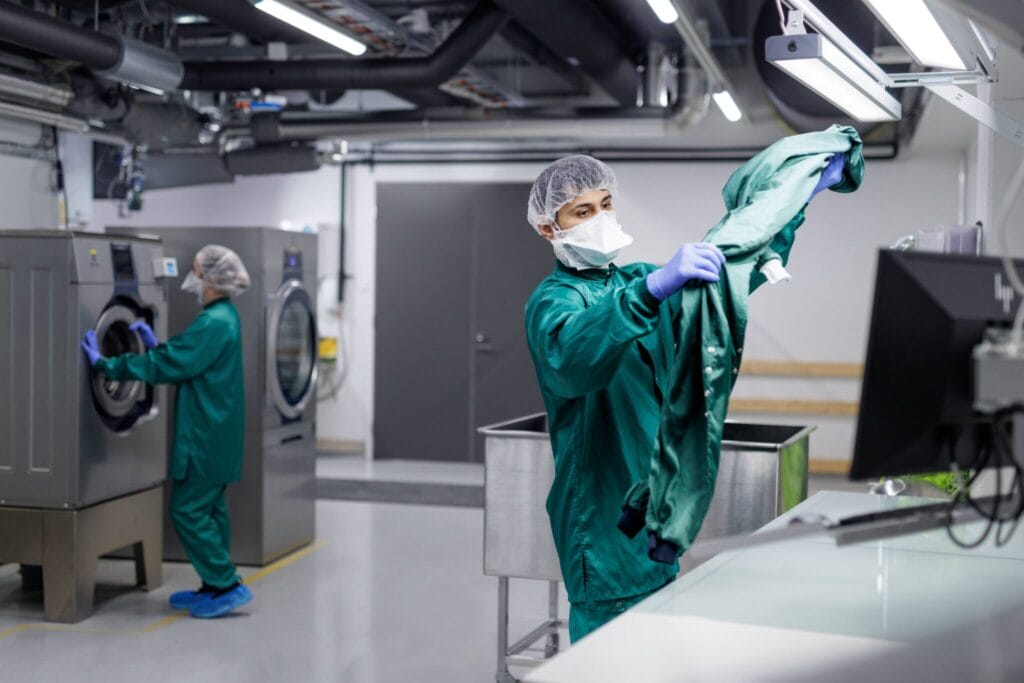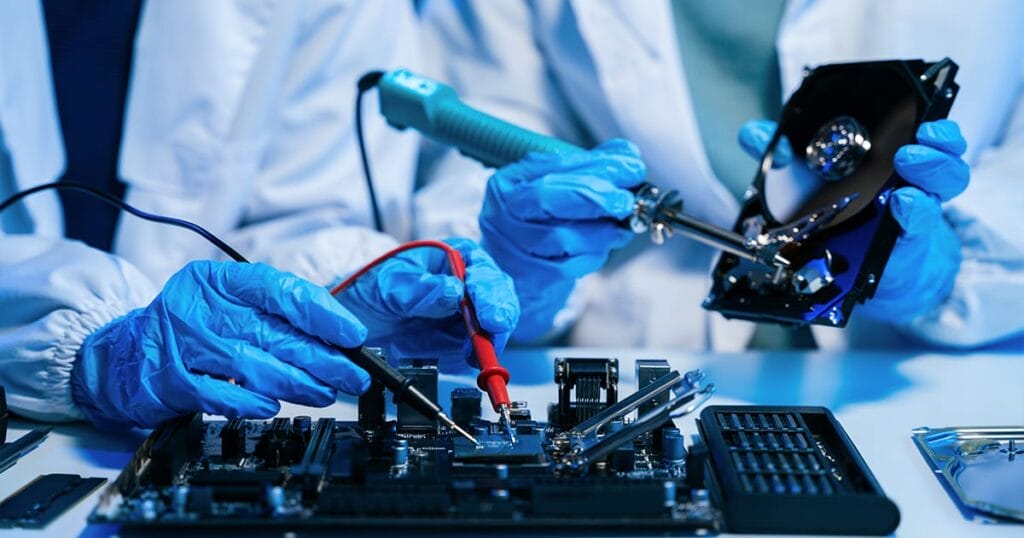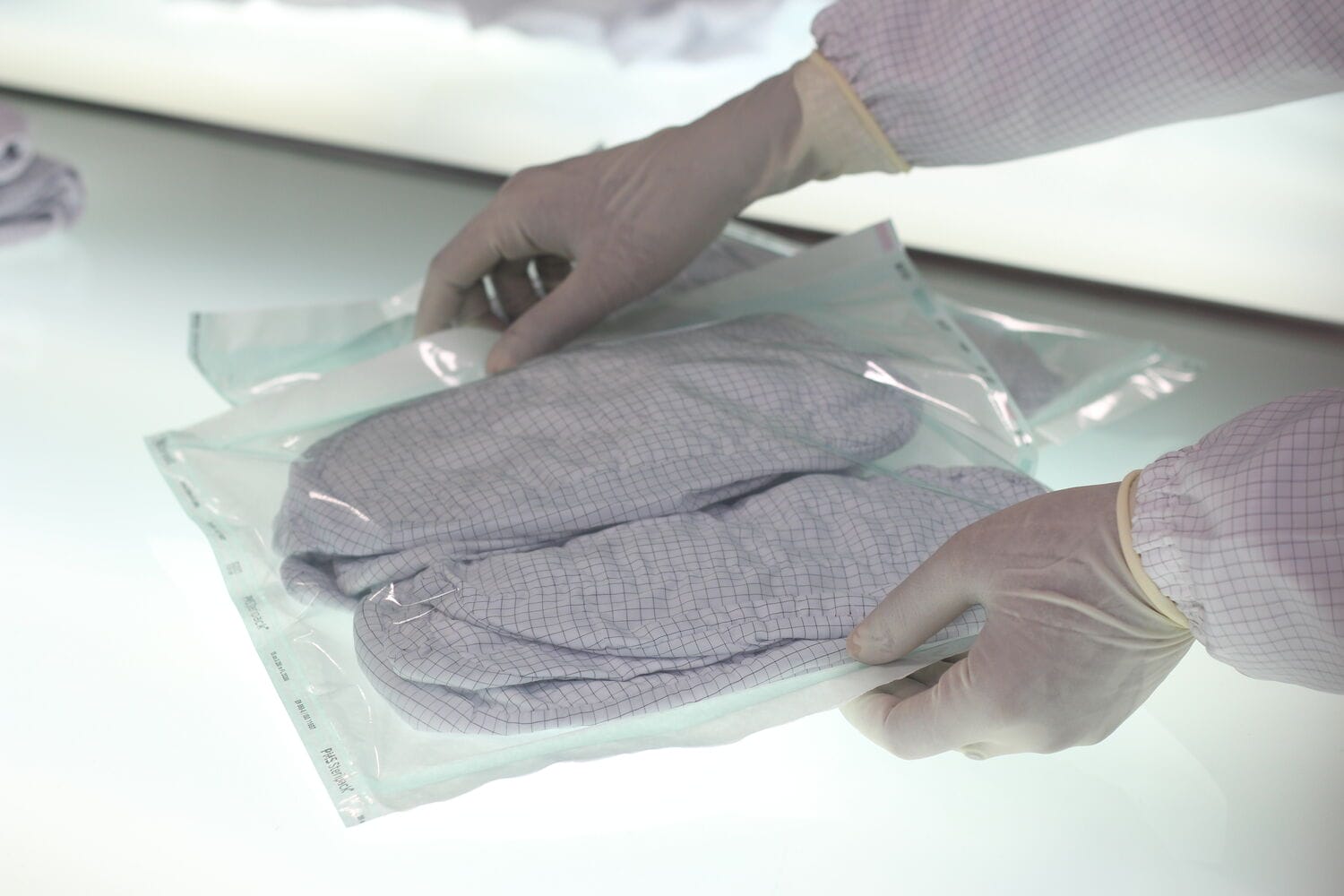
Ensure compliance with cleanroom laundry
A single contamination incident in a pharmaceutical cleanroom can lead to costly batch rejections, regulatory penalties, and even patient harm. Cleanroom laundry is a crucial but often overlooked factor in ensuring compliance with GMP and ISO standards. Strict adherence to these regulations helps maintain product integrity, protect personnel, and safeguard public health.
Understanding cleanroom compliance: ISO & GMP
The two most recognized regulatory frameworks for cleanroom operations are:
- ISO 14644: Defines cleanroom classifications based on airborne particulate concentration and provides guidelines for environmental monitoring.
- Good Manufacturing Practices (GMP): Emphasizes contamination control and requires validated processes for garment management, laundering, and tracking to ensure consistent quality.
According to EU GMP Annex 1, cleanroom garment management should include validated laundering processes that prevent recontamination and maintain sterility assurance. This is where professional cleanroom laundry services, such as those offered by Lindström, play a crucial role.
How cleanroom laundry ensures compliance with GMP & ISO
Cleanroom laundry services are integral to maintaining the high hygiene standards required in controlled environments. These services ensure that garments and textiles used in cleanrooms are not only clean but also free from contaminants that could compromise the environment. The laundering process involves strict procedures and advanced technologies that sanitize textiles effectively, preventing any particles or microorganisms from being reintroduced into the cleanroom.
By outsourcing laundry services to specialized providers like Lindström Group, companies can assure that their cleanroom textiles adhere to stringent cleanliness standards. This not only helps in contamination control but also reduces the risk of non-compliance with regulatory guidelines. The comprehensive service offering includes garment tracking and regular audits to maintain high standards of hygiene and operational integrity.
Advanced technologies used in cleanroom laundry processes
To meet the stringent hygiene standards of cleanrooms, the latest technologies are implemented in laundry processes:
- Automated monitoring & process validation: Digital systems provide real-time quality control and compliance reporting.
- HEPA filtration: Captures 99.97% of airborne particles down to 0.3 microns, preventing contamination in laundering areas.
- IoT-enabled garment tracking: RFID systems track the lifecycle of garments, ensuring they do not exceed validated washing cycles. Lindström customers have access to the lifecycle tracking reports in the online platform eLindström, available 24/7.
Why regular audits and monitoring is important in cleanroom laundries
Regular audits and monitoring are crucial in cleanroom laundry operations to ensure ongoing compliance with the necessary standards and to identify potential areas for improvement. These processes involve systematic checks of both the laundering procedures and the cleanliness of the garments, ensuring that they consistently meet the stringent requirements of cleanroom environments.
Through regular audits, any deviations from the established standards can be promptly identified and corrected, minimizing the risk of contamination. Monitoring also provides valuable data that can be used to improve processes, enhance quality control, and ensure that all aspects of the laundry operation are functioning optimally. This proactive approach helps maintain compliance and supports the overall integrity of cleanroom operations.
How does Lindström ensure compliance in cleanroom laundry services
Lindström Group takes a comprehensive approach to ensure compliance in their cleanroom laundry services. Their processes are validated in accordance with ISO 14644-1 standards, and they adhere to Good Manufacturing Practice (GMP) guidelines, particularly relevant in the pharmaceutical industry. These standards ensure that all their cleanroom textiles meet the necessary requirements for particle and microbiological cleanliness.
To maintain these standards, Lindström employs advanced technologies and rigorous procedures, including the use of HEPA filters and specially designed washing machines. They also implement regular audits and garment tracking through IoT-enabled systems, ensuring transparency and accountability in their operations. By focusing on these areas, Lindström not only meets but often exceeds industry compliance standards, offering their clients peace of mind and ensuring the highest levels of hygiene and safety in their cleanroom environments.
